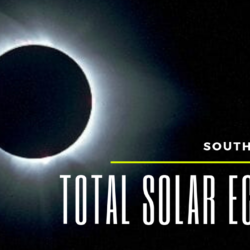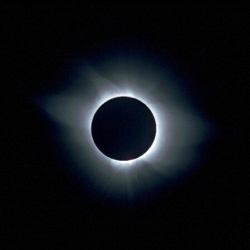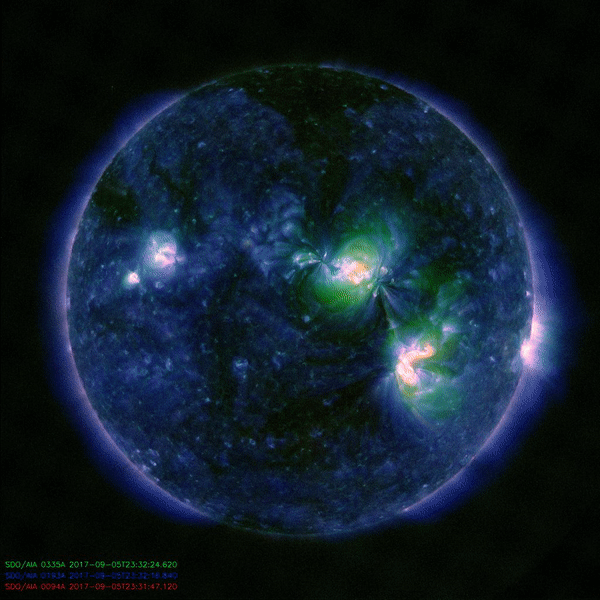Peering into the Heart of the Sun with The SDO (with video)
The Solar Dynamics Orbiting Observatory continuously monitors the sun in 10 wavebands, mostly in the extreme ultraviolet part of the spectrum. These UV emissions correspond to super-heated gas in the million-degree range. Our full-featured video is linked below. When observing the sun in visible light, it seems benign enough and is something we’re used to[…]














